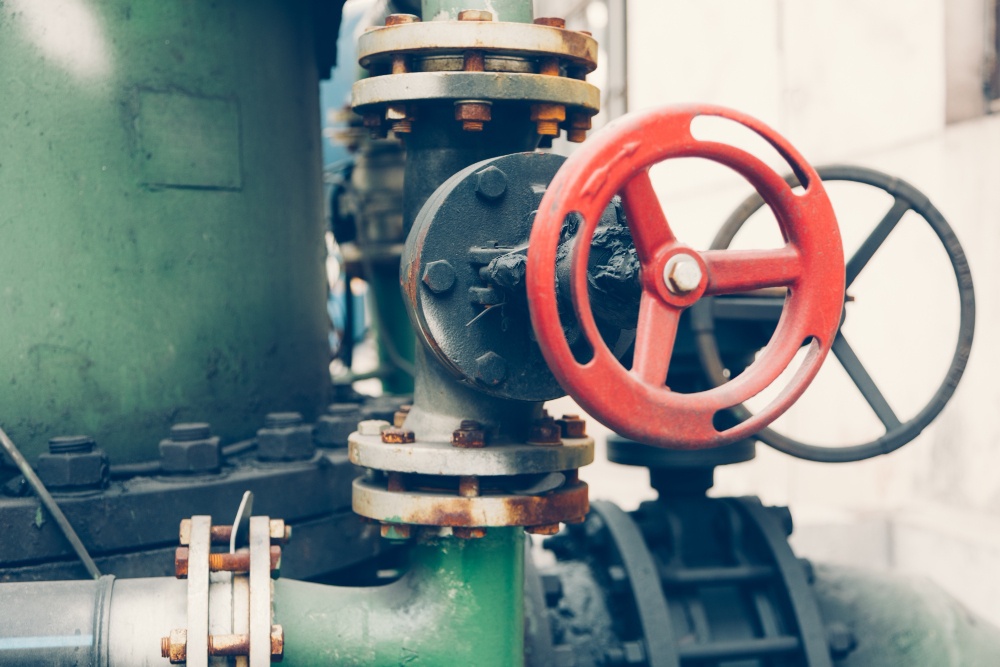In the realm of modern industrial engineering, pneumatic valve stands as a stalwart component within air-operated systems. These valves, with their ability to regulate airflow, play a pivotal role in controlling the dynamics of compressed air, thereby enabling a myriad of applications across various industries. In this comprehensive exploration, we delve into the workings of pneumatic valves, elucidating their mechanisms, specifications, and indispensable functions within pneumatic systems.
Understanding Pneumatic Valves
Pneumatic valves serve as crucial airflow control devices within pneumatic systems, where gas pressure is compressed to power a wide array of machinery and equipment. These valves are instrumental in managing pressure, flow rate, and directional flow of compressed air, ensuring optimal performance and efficiency in pneumatic operations. Whether operated manually or electrically, pneumatic valves serve as the cornerstone of air-operated systems, facilitating precise control over airflow to meet the demands of diverse industrial applications.
Mechanism and Operation
At the core of pneumatic valves lies a sophisticated mechanism designed to regulate the flow of compressed air. These valves manipulate the volume and pressure of compressed air, directing it through internal pathways to achieve desired outcomes. The operation of pneumatic valves revolves around the movement of spools, which act as the key elements responsible for opening and closing ports within the valve. By activating these spools, pneumatic valves control the flow of compressed air, thereby triggering mechanical movement in actuators and other pneumatic devices. Through precise control mechanisms, pneumatic valves facilitate automated opening and closing of ports, ensuring efficient airflow management across various pneumatic systems.
Components and Specifications
Pneumatic valves are constructed with precision-engineered components and tailored specifications to meet the diverse requirements of industrial applications. These valves typically consist of essential parts such as the body, inlets, outlets, and internal ports. Key specifications include pressure range, response time, cycle rate, flow capacity, port size, and coil voltage for electrically actuated valves. These specifications determine the valve's compatibility with different pressure levels, switching speeds, and flow capacities, thereby optimizing performance across various pneumatic systems.
Applications and Functionality
The versatility of pneumatic valves extends across a broad spectrum of industrial applications, where precise airflow control is paramount. These valves serve as vital control points within pneumatic systems, enabling the regulated flow of compressed air to actuators, motors, and other pneumatic devices. By directing compressed air through designated pathways, pneumatic valves facilitate the operation of machinery, assembly lines, and automation processes in industries ranging from automotive manufacturing to pharmaceutical production. Moreover, pneumatic valves play a crucial role in air preparation and compression, ensuring optimal pressure regulation and distribution throughout pneumatic systems.
Integration and Optimization
Integrating pneumatic valves into pneumatic systems involves meticulous planning and configuration to ensure seamless operation and optimal performance. These valves are connected to air sources, actuators, and other pneumatic components to facilitate controlled airflow within the system. By leveraging advanced control mechanisms and accessories such as regulators and pressure relief valves, pneumatic systems can efficiently manage pressure levels, prevent overpressurization, and optimize airflow distribution. This integration enhances the reliability, safety, and precision of pneumatic systems, making them indispensable for a wide range of industrial applications.
Conclusion
In conclusion, pneumatic valves represent indispensable components within pneumatic systems, enabling precise control of airflow for diverse industrial applications. Their intricate mechanisms, tailored specifications, and seamless integration contribute to the efficiency, reliability, and safety of pneumatic operations across various industries. By understanding the intricacies of pneumatic valves and investing in high-quality components, industries can harness the power of compressed air to drive innovation, productivity, and growth.


No comments yet